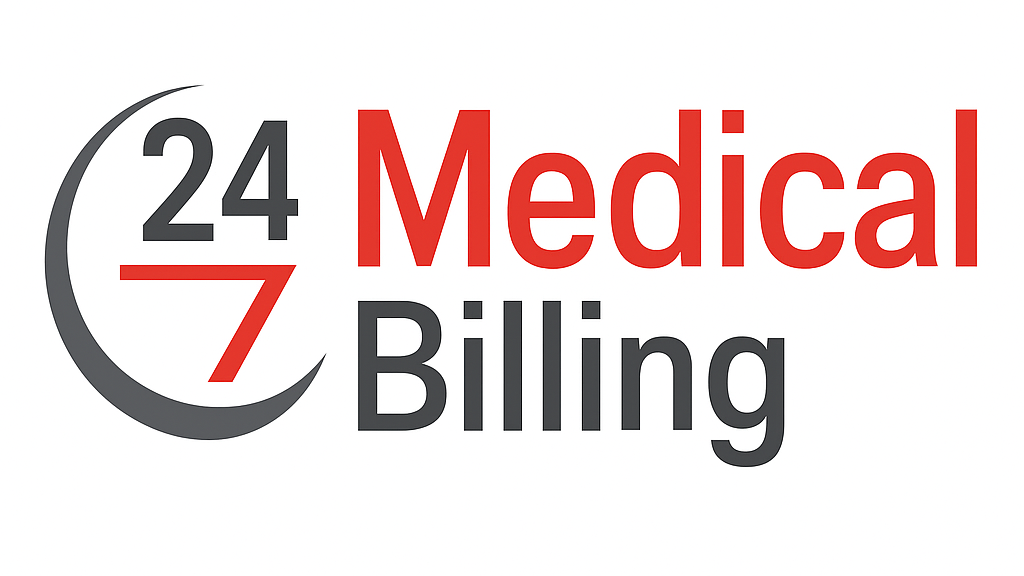The Real Work Behind Medical Billing
In every healthcare practice, there’s more happening behind the scenes than what patients see. While doctors focus on treatment and care, another team ensures the financial side runs smoothly — the medical billing professionals. Their work might not be visible, but it’s what keeps the practice operating and the revenue flowing.
What Medical Billing Really Means
Medical billing is the process that connects the care a patient receives with the payments a provider earns. Each visit, test, or treatment must be accurately recorded and converted into claims sent to insurance companies. It’s not just about paperwork — it’s about translating medical services into a language insurers understand. A skilled billing team carefully reviews records, checks insurance details, and submits claims with accuracy. They also follow up on unpaid claims and fix errors quickly, ensuring that the provider gets reimbursed without unnecessary delays.
Why It’s So Important
In healthcare, small errors can create big problems. A single wrong code or missing detail can delay payment or cause a claim denial. Medical billing professionals protect practices from those issues by keeping every step precise and compliant. When done right, medical billing helps:
• Reduce claim denials and rework
• Keep cash flow steady
• Save time for administrative and clinical staff
• Maintain compliance with payer and government rules
Simply put, accurate billing helps the practice stay financially healthy so providers can focus more on caring for their patients.
How the Billing Process Works
Medical billing follows a structured process. Each stage builds on the last, and accuracy at every step makes all the difference.
• Patient Registration: Collecting basic details and verifying insurance coverage.
• Charge Entry: Recording procedures and treatments with the correct codes.
• Claim Submission: Sending clean claims to insurance companies.
• Payment Posting: Matching received payments with claims.
• Denial Management: Fixing and resubmitting rejected claims.
•Reporting: Tracking collections and identifying areas for improvement.
When this process runs smoothly, payments arrive faster, and the administrative load lightens for everyone involved.
A Key Part of a Healthy Revenue Cycle
Medical billing isn’t just a back-office task — it’s the foundation of revenue cycle management. When billing is done efficiently, payments are received on time, audits become stress-free, and patient satisfaction increases. Smooth billing keeps a practice financially secure, allowing providers to concentrate on delivering quality care instead of worrying about claims and reimbursements.
Final Thoughts
Medical billing may happen behind the scenes, but its impact is front and center in every healthcare organization’s success. With accurate processes and experienced professionals managing the details, providers can trust that their hard work translates into proper payment. At its core, effective billing isn’t about numbers — it’s about balance. It keeps the business side of healthcare steady so doctors and staff can focus on what truly matters: caring for their patients(CONTACT US).








